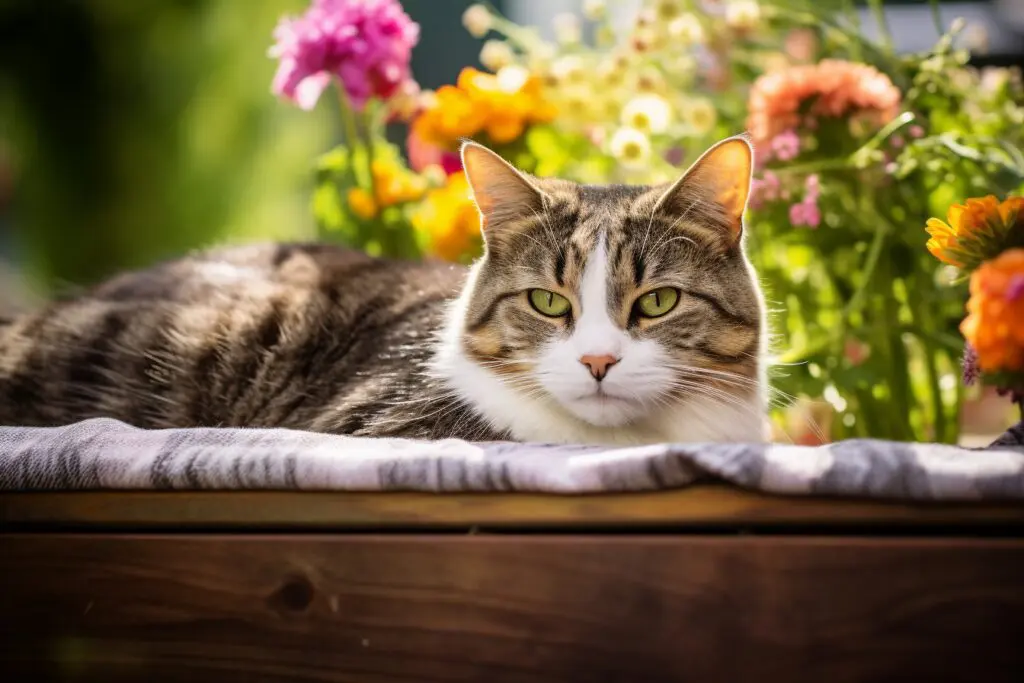Last Updated on February 25, 2024 by admin
Scrumptious Raspberry Leaves: A Hamster’s Delight or a Health Hazard?
Hamsters are commonly kept as pets, and their owners often seek out unique and tasty treats to supplement their regular diet. One such treat that has gained some attention is raspberry leaves. However, the question remains: Are raspberry leaves a delightful indulgence or a potential hazard to the health of these furry friends?
Raspberry leaves are not a recommended food for hamsters due to the presence of toxic compounds and a lack of essential nutrients.
Key Takeaways:
-
Cyanide Risk: Raw raspberry leaves contain cyanogenic glycosides, releasing cyanide upon ingestion, a toxic substance hazardous to hamsters.
-
Nutritional Deficiency: Raspberry leaves lack essential nutrients, failing to offer a balanced diet for hamsters, resulting in inadequate nutrition.
-
Avoidance: Prioritize hamster well-being by excluding raspberry leaves from their diet, opting for safe, formulated alternatives specifically tailored to their nutritional needs.
-
Veterinary Assistance: In the event of accidental ingestion, consult a veterinarian promptly to address any potential health issues and ensure appropriate care.
